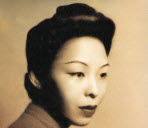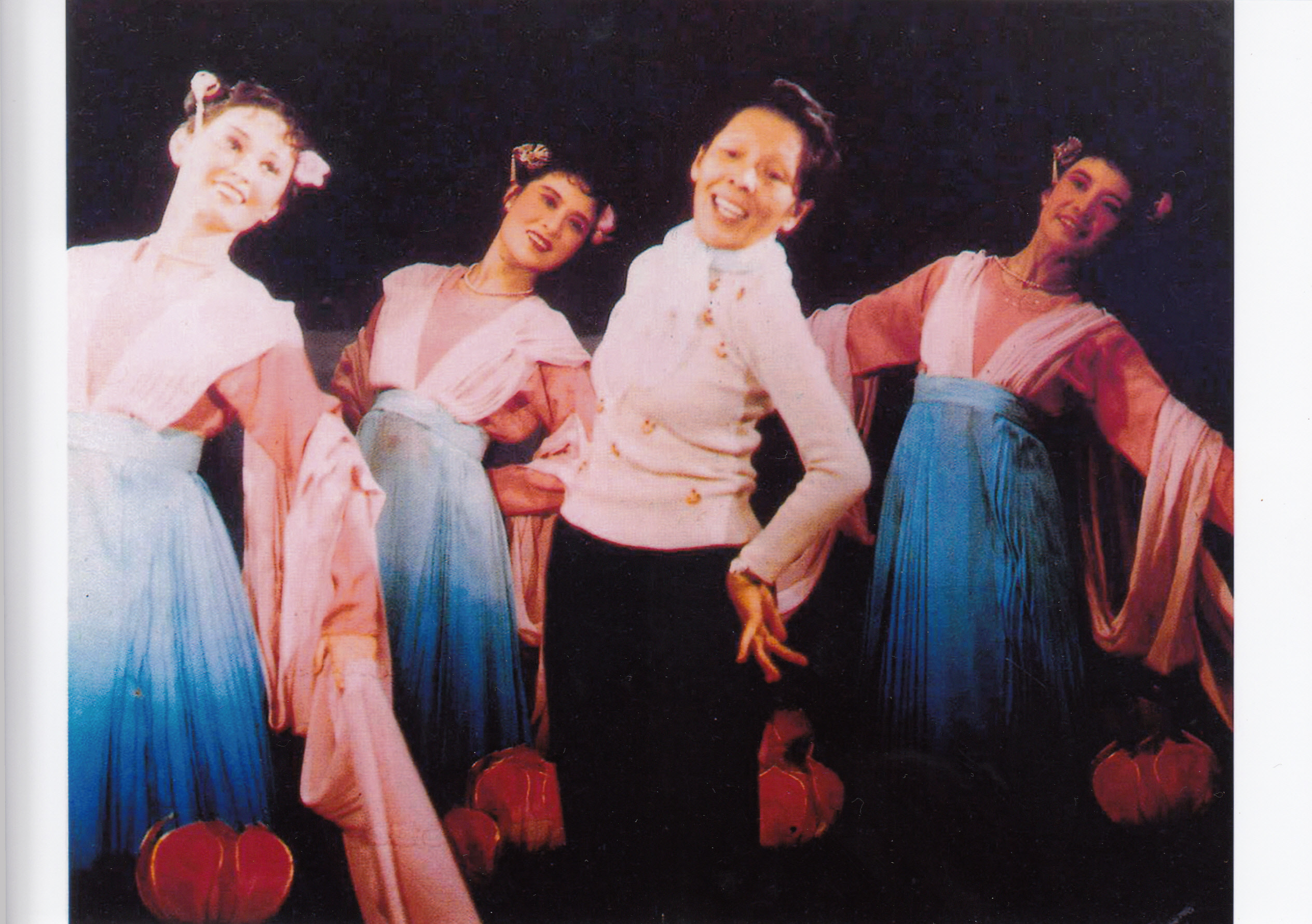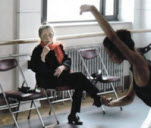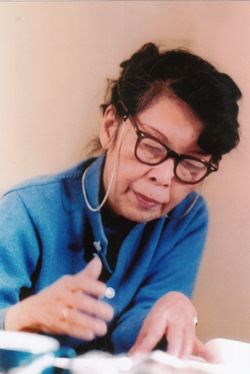BACKGROUND
Trinidad, West Indies
Born in Trinidad, West Indies, of Cantonese parents on May 10, 1916. Educated at St. Hilary’s High School in Port of Spain, Trinidad.
At the age of 5, Dai Ailian learned ballet from her third-removed cousin, Sylvia Chen (Chen Xilan), who had studied in London, England. From 8 years old, Dai Ailian studied ballet from the English teacher, Nell Walton.
As a student of Sylvia Chen, Dai Ailian performed in her version of the musical ‘Bluebells in Fairyland’ and performed in all the performances of Nell Walton’s School.
In 1927 when Nell Walton left Trinidad, for lack of ballet teachers, at the request of the parent’s of Dai Ailian’s classmates, to teach; at 11 years old she became a ballet teacher for 2 years.
From 7 to 14 years old, Dai Ailian studied piano and music theory, passing Intermediate Grade of The Trinity College of Music from visiting examiners from London. Later on, she continued in London attending the classes of the famous piano teacher George Woodhouse and lessons from his assistant teacher, Miss Elizabeth Mason.
England
Dai Ailian lived in England from 1931 to 1940 at the age of 14 to 23. She studied ballet with Sir Anton Dolin and she was one of his six privileged students. He only taught 3 days a week. She also studied with Margaret Craske, former assistant to the great master Enrico Ceccetti, and Dame Marie Rambert.
In the mid 1930s, Dai Ailian took classes from the Mary Wigman Dance Group, dancer and student Leslie Borrows-Goosens and later joined the Ernst and Lotte Berk Modern Dance Group as solo dancer.
Kurt Jooss, of the famous Ballet Jooss, gave Dai Ail a scholarship to the 1939 Summer School at the Jooss-Leeder School of Dance at Dartington Hall, Devon. She was granted a further scholarship to continue as a regular student in the school. World War II interrupted her studies and near the ending of December the same year left Dartington, her dream of entering the Ballet Jooss was shattered.
In the 1932 and 1933 seasons of the spectacular epic-operetta ‘Hiawatha’, Dai Ailian was one of the little ‘Indians’ prancing around the Royal Albert Hall.
At the beginning of television in London, Dai Ailian choreographed and performed several times her solo dances for the BBC as well as for the China Campaign Committee who was raising funds for the Anti-Japanese War.
Hong Kong
In 1940, Dai Ailian performed in the joint solo concert with singer Shi, Yi-qui for Mme. Sun Yat Sen’s China Defense League raising funds for the war against Japan.
China
PIONEER OF DANCE ART IN CHINA
In 1946 in Chongqing, Sichuan, the wartime capital, for the first time a full programme of Chinese dances was staged in the performance ‘Borderlands Music and Dance’ which started Chinese Fold Dance as an Art Form.
During 1950 to 1955, Dai Ailian was the Director of the first professional ‘Dance Company’ of the Central Drama Academy which is now ‘The Central Folk Song and Dance Ensemble’, Beijing.
In 1954 in Beijing, the first professional dance school called Being Dance School started 6-year courses in the (Western) Classical Ballet and Chinese Classical and Folk Dance. Madam Dai was the director from 1954 to 1964.
While still Director in 1956 at the Beijing Dance School and in charge of the ‘Asian Dance Section’, the ‘Eastern Song and Dance Ensemble’ was developed.
In 1963 the first professional ballet company ‘The Central Ballet of China’ was inaugurated (now named The National Ballet of China). Dai Ailian was the Founding Director till 1966.
In 1983 Dai Ailian was the Chairman of ‘The Labanotation Society’ under the Chinese Dancers’ Association was inaugurated.
The late 1980s began popularization of the Ethnic Minorities Traditional Village Community dances ‘Dance for All’, the result of fieldwork in the mountains.
AS A PERFORMER
- Solo excerpts from ‘Les Sylphides’
- Prelude. Waltz. Taught by Lydia Sokolova, London, 1933
- ‘Alarippu’ (Bharata Natya)
- Taught by Nirmala Visvamathan in Madras, India, December 29, 1954
- ‘Radhika Fetching Water (Jal Bharane) Solo Katak Dance
- Choreographed by Dai Ailian for Brijmohan Maharaj in New Delhi, January 1954
- ‘Dance of Sri Radhika Describing (Lord) Krishna’. Solo Manipuri Dance, choreographed by Dai Ailian by Narendra Kumar Sigha at the Sangeet Bharti Chali Dance School in New Delhi, January 25, 1954
- ‘Mandalay Flower’ popular folk Burmese dance which is performed on the Water Festival. Dai Ailian learnt this dance as a solo in Mandalay in February 1995 and later arranged it as a group dance
- Javanese Classical (Solo) dance
- ‘Partisan’, ballet solo dance choreographed by Dai Ailian for Jiang Zhu-hui in 1964
- In 1954 and 1955 was the Artistic Director and dancer in a performing tour of India, Burma and Indonesia with the Chinese Cultural Delegation
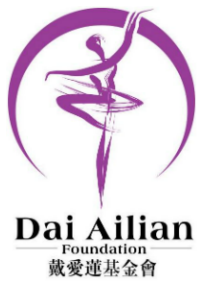 Dai Ailian Foundation
Dai Ailian Foundation

